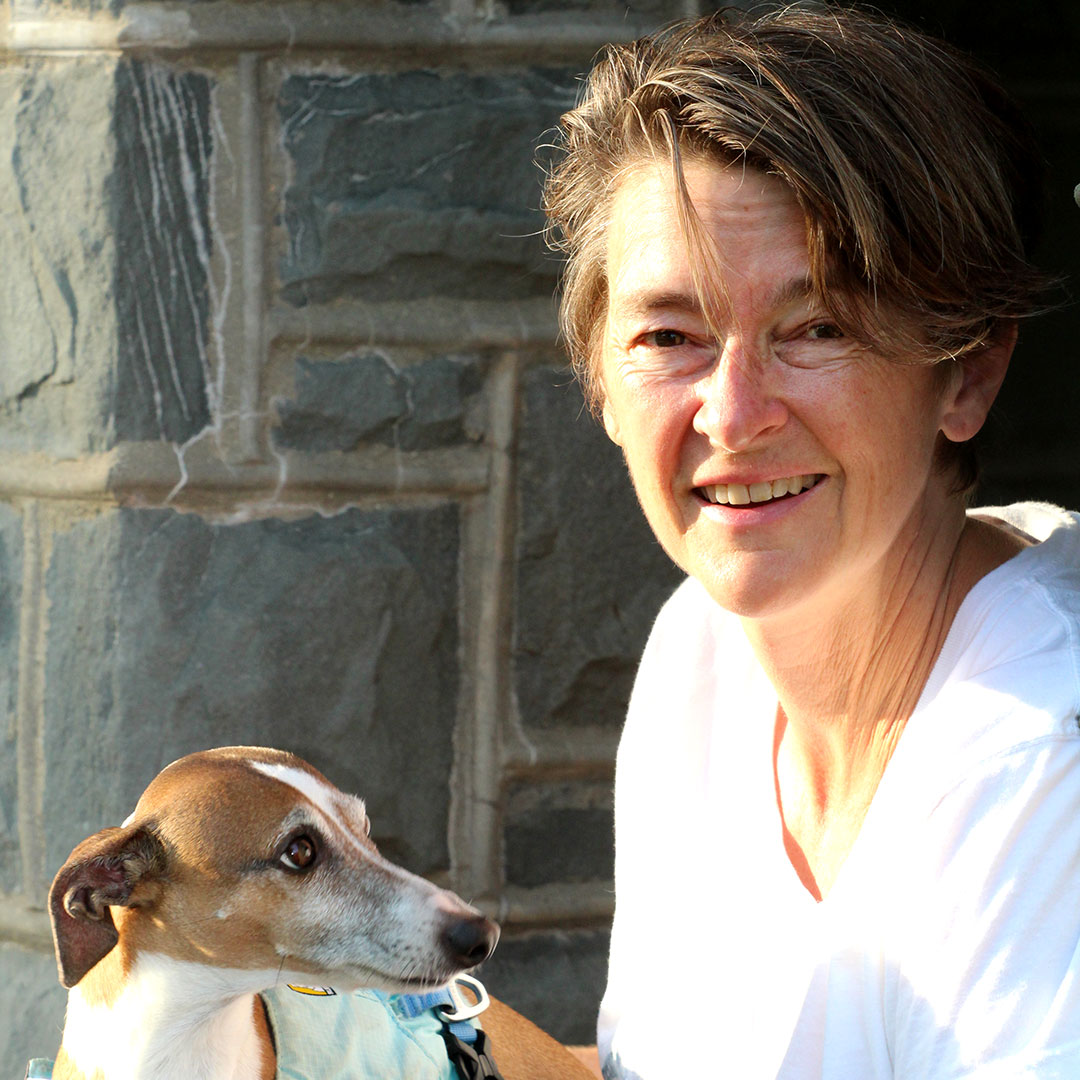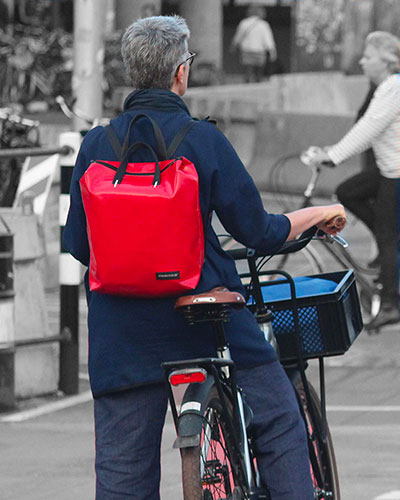SPEAKING AGE
We offer advice and stories about a range of possible journeys for individuals wanting to try new ways of moving as they age. We believe that these two strategies–advice and story telling–help in reshaping our individual and collective imaginaries about individuals’ mobility needs. At a community level, we write about/celebrate infrastructures designed to increase care and safety for all potential participants so that more people feel confident and comfortable moving.
age and journeys
Transportation design tells a set of stories about how people can move, and how much care is given to designing safe journeys for different people. We write about these design stories.
We also describe journeys that help us to imagine different infrastructures, different designs built on different definitions of care. We study and write about how social justice writers in mobility attempt to convey that infrastructure, designs that result in less risk, less fear, and more infrastructure care than is typically found in car-centric countries.
In this writing, we try to honor our changing bodies, and we welcome your stories of your experiences as well.
Aging and Learning
If you are curious about how people learn something new, you may find the explorations from scholars in the field of literacy studies to be relevant to traffic/street design.
If you want to consider the relationship between learning, user experiences, user interfaces, and communities, and the ways aging participates in our understanding, you’ll find a range of mullings here.
Design | Age
Writers design.
You’ll find a lot of instructional resources here that help writers negotiate with graphic designers.
And because we need design for our aging selves, you’ll find mullings about how age plays a role in how we approach writing | designing.
stay connected
about

Angela Crow
I have been thinking about how we learn as we age since I was too young to be considering this question. Years ago, I wrote a book called Aging Literacies, and I meant to suggest both the ways that our literacies can come to be seen as antiquated and how we need to understand age in the shaping of literacy instruction. It was a book all about user experience, a text about aging populations learning new literacies.
I’m circling back around to think about aging again. I want to speak to our bodies moving, our embodied experiences of roads, our ways of “reading” existing street design, our ways of imagining alternatives, our ways of experiencing care and dignity in transportation design.
Get In Touch
If you’d like to discuss issues related to older women and our journeys; to literacy and embodied experiences of fabulous street re/design, or if you’re interested in learning more about writers | designers, please send an email.


